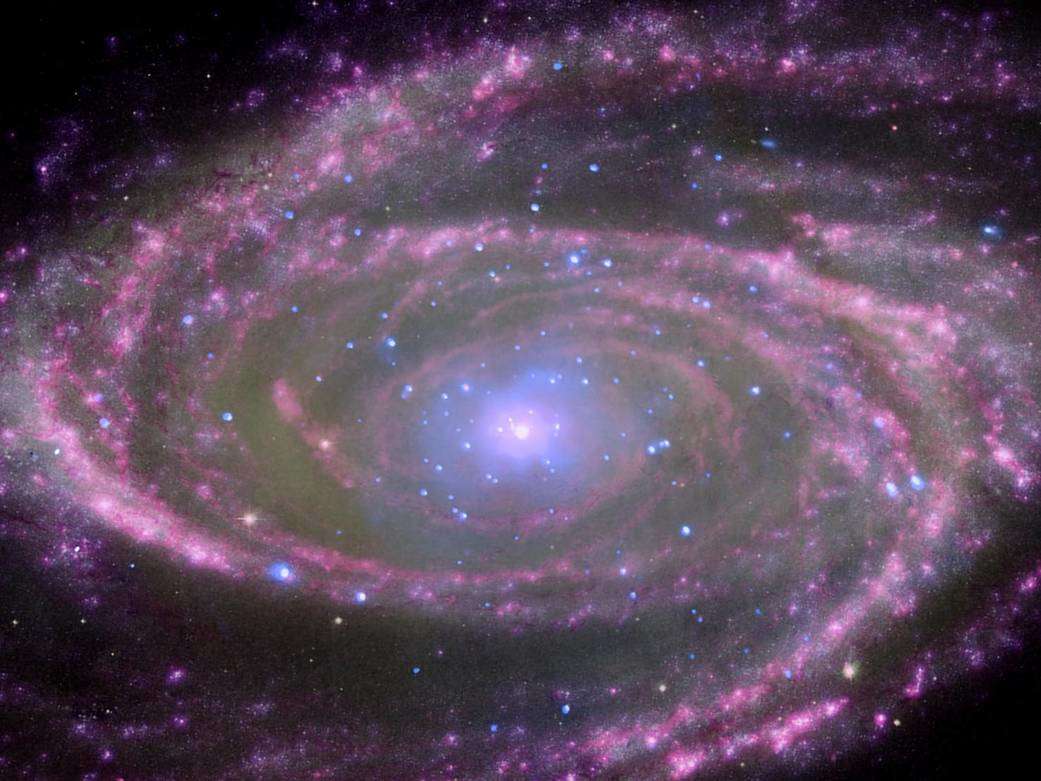Create a free profile to get unlimited access to exclusive videos, sweepstakes, and more!
Stars too massive to go out with a supernova bang silently collapse into black holes

Stars that don’t go supernova or (rarely) hypernova usually collapse into black holes, but there are certain stars doomed to turn into these monsters their entire lives.
Those stars that do morph into black holes usually go through the death throes of a core-collapse supernova — but some are too enormous for even that. They directly collapse into the invisible mouths of the universe, slowly drawing dust and gas and the occasional passing star towards them with their massive gravity.
New research led by Junjie Mao of Hiroshima University, recently published in Astrophysics of Galaxies, has found that there may be even more of these stars than we thought.
While a core-colllapse supernova is the phenomenon thought to turn most stars into black holes after their last gasp, there is a limit for how huge stars that go through this can be. A star that keeps fusing more and more elements needs to keep generating heat somehow. It keeps fusing heavier elements until iron, because fusion would require too much energy after that. This is why its core collapses it and tears it to shreds.
“Massive stars above 27 solar masses might end up as black holes (there are other alternatives like faint supernovae,” he told SYFY WIRE. “As long as nothing is fighting back against gravity and winning, one would form a black hole during the core collapse of a massive stars.”
Mao saw that instead of occurring in stars of 9-40 solar masses as previously thought, core-collapse supernovas probably only happen in stars that are 9 to anywhere between 23 and 27 solar masses. Because supernovas vomit out huge amounts of matter as well as light, he and his team were able to figure this out by looking at the elements released, such as oxygen and iron. Depending on how massive the star that went supernova was, it’s going to release different amounts of various elements. Measuring the ratios of these elements gave an idea of mass.
N6946-BH1 was the first star that ever observed turning directly into a black hole. At around 25 solar masses, it fits with Mao’s predictions, and it was seen brightening as it might have before a core-collapse supernova from 22 million light years away. That was predictable. What was not so predictable was that it just seemed to fade into nothingness after that. With other possible causes ruled out, scientists surveyed the region surrounding the star in infrared to make sure it wasn’t hiding in interstellar dust. Nothing. It is thought to have darkened into a black hole.
“Using a multi-temperature thermal plasma model helped our observations because by nature, the hot atmospheres of starburst galaxies have multiple temperature components,” Mao said. “If we only counted the number of elements in one or two of those components, we might not have gotten the numbers right.”
While observing a pair of galaxies, known as Arp 299, on a collision course, Mao’s team expected it to be teeming with stars — and supernovas. You do tend to get more supernovas than usual when two galaxies are about to crash into each other. If these supernovas were core-collapse supernovas, there were amounts and ratios of certain elements which would give that away. Something weird showed up. Despite the ratios of neon to oxygen and magnesium to oxygen being close to the Sun’s, of the expected ratio of iron to oxygen was way off. Too low.
Though this research cannot completely confirm that all stars which are smaller than the previously assumed upper mass limit can go straight from star to black hole, it is onto something. There is a chance that some elements produced by supernovas have been overestimated or underestimated. Mao is eager for future missions that will have an even better eye for which stars go straight to black hole form.
“Our current study is partly limited by measurement errors,” he said “I’m looking forward to measurements with future space missions like the NASA-JAXA mission XRISM, the Chinese HUBS mission, and the ESA Athena mission.”














